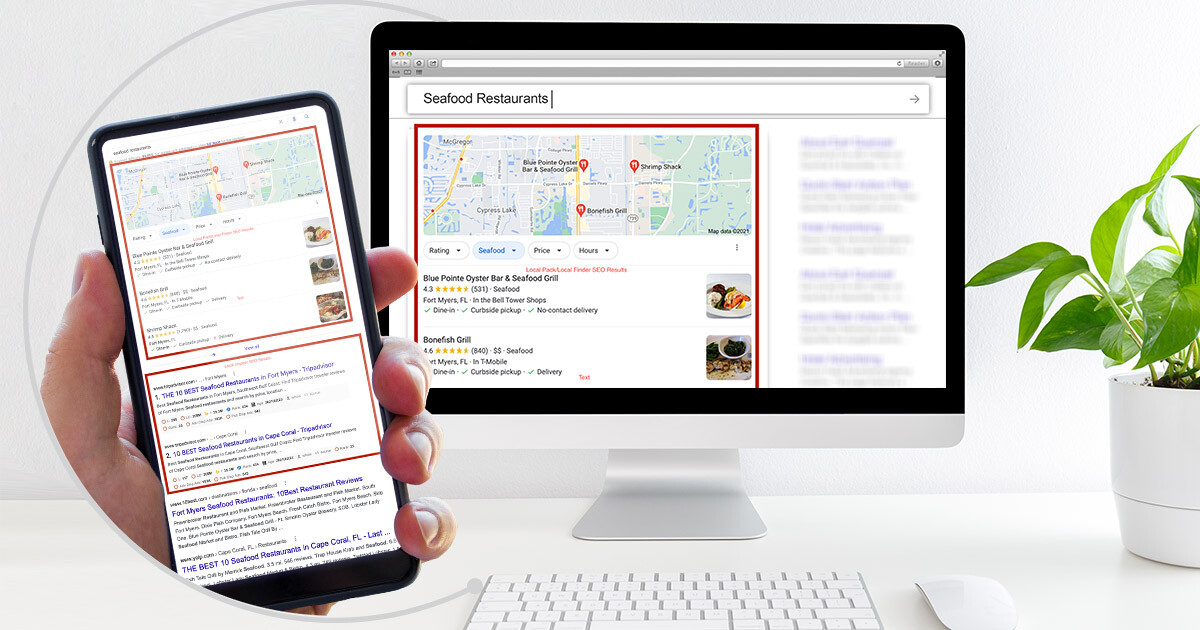Q&A Graphic Design, Headlines & Response Rates
To better understand what graphic design and headline practices positively influence the likelihood a marketing communication gets noticed, read, considered and acted upon, our Marketing Campaign Management Team tests and continues testing, under controlled communication test conditions, the observed behavior of people exposed to various graphic design and headline treatments.
The agency’s graphic design and headline principles reflect our agency’s continuous learnings about the impact of graphic design and headlines on the choice of which of the many communications a person receives every day they decide to spend the time and energy to consume, comprehend and consider. The graphic design and headline principles laid out below reflect our agency’s brand promise and the personal commitment of each associate to help… Our Clients Get More Customers.
Customer Focused Communications
We’ve learned that whether browsing websites, eMails, magazines or newspapers, people cope with the sheer volume of information in front of them by scanning rather than reading everything from top to bottom. People do this because they want to accomplish two things at the same time:
To increase the likelihood that prospective customers notice, read, consider and act upon our client’s marketing communications; our creative team designs marketing communications to support peoples’ desire to quickly identify and find what’s important to them or what’s of interest to them.
Q&A Graphic Design Principles for Better Results.
Visual processing takes up 80% of a person’s brain capabilities. Therefore, the key image of any marketing communication effort and the subject or story appeal of that image is critical to driving response rates.
Stopping the reader from just browsing, making them pause long enough to engage their curiosity, and causing them to start reading the headline of your marketing communication must be the primary role of your hero or key visual.
By leading with a prominent, interesting hero or key visual, we increase the likelihood of engaging more people to pause and look further into what the communication is about.
Q&A Hero or Key Image Graphic Design Principles.
We’ve found that the more interesting the look (subject or story appeal) of your hero or key image, the more people will look into the message that follows.
Q&A Headline Principles for Better Results.
Our Campaign Marketing Management Team’s testing, under controlled communication test conditions, shows a high correlation between the observed behavior of people exposed to various headlines (and accompanying eye-brow or sub-head) used in a marketing communication and the resulting response rates to that marketing communication.
To drive higher response rates for our client’s marketing messages, our creative team writes headlines that communicate a prospective-customer relevant benefit, promise or news to entice them into learning more by reading the body copy of the marketing communication.
Headline placement also affects response rates. Research suggests 10% more readership with a headline below the hero or key visual rather than above the hero or key visual.

